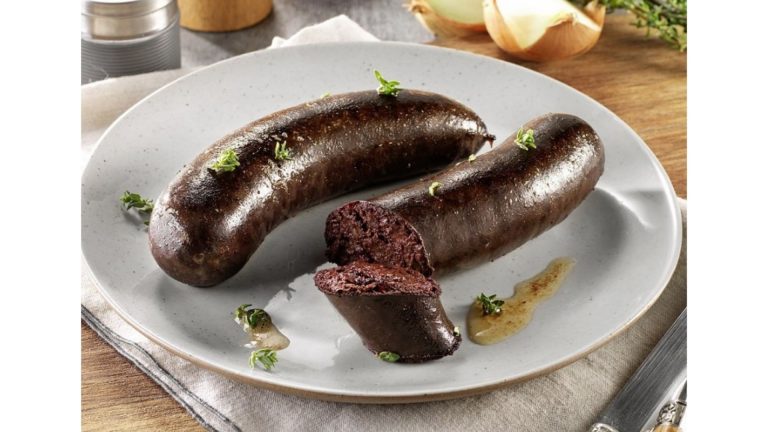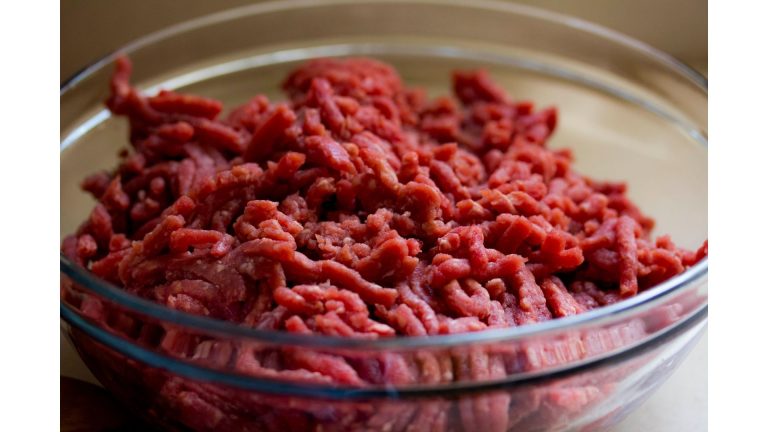Alternatives to Encapsulated Citric Acid: 3 Ingredients You Can Use
There are lots of seasonings, flavors, meat types, and preparation methods to try if you want to make an excellent summer sausage or other dry-cured sausages.
Encapsulated citric acid is one of the more common ingredients.
It has the same flavor as traditional dry-aged summer sausages, but without the lengthy fermentation and drying process.
However, encapsulated citric acid does have some drawbacks. The meat fibers can be dissolved by citric acid and make the sausage hard to eat.
Since citric acid can be volatile and requires a learning curve to get the product just right, you might be wondering if you can use an encapsulated citric acid substitute.
It’s possible to make great summer sausages without using encapsulated citric acid.
The three things that can be used as an encapsulated citric acid substitute are buttermilk, ferment, and meat starter cultures.
Table of Contents
What Makes a Good Encapsulated Citric Acid Alternative?
If you want a fast summer sausage reminiscent of traditional products that do not sacrifice much on shelf life and texture, encapsulated citric acid is an excellent choice.
During the curing process, there is a need for Fermentation. While cold-drying pulls in lactic acid from the meat, the citric acid works in the same way.
It’s an excellent choice for experienced and novice sausage makers, as it produces nearly the same results. The main problem with encapsulated citric acid is that it can become volatile.
Almost immediately, the meat will be tenderized with pure citric acid. It breaks the natural tissue and bonds, removing color and altering its texture.
If the sausage becomes white or grayish, it will prevent it from solidifying into a recognizable shape.
Some of the volatility can be removed with the use of an encapsulated citric acid substitute.
Changing a part of the process or changing the acid used during sausage-making is the only way to achieve that.
If you want that distinctive taste in your sausage, there are other ways to achieve it.
Lactic acid from other Additives will provide a similar result, although it usually requires a bit more effort.
You can use bacterial cultures to start the curing process and make sure the proper concentration of lactic acid is found.
If you don’t want to use an encapsulated citric acid substitute, you may have to make some compromises.
The curing or preparation process is usually slower or requires more stringent temperature or humidity controls. With this in mind, there are three leading candidates to try.
Encapsulated Citric Acid Alternatives
These are the best encapsulated citric acid you can use.
Buttermilk
One of the easiest ways to avoid ECA for sausages is to use a different binder.
Sausage recipes usually call for a binding product that will glue the meat together and prevent the loss of moist matter during curing and smoking.
This is usually dried milk or regular milk, which is rich in fat and good for you.
Lactic acid, the same acid produced in the meat fermentation process, is found in buttermilk, a milk product that is similar to milk and has similar binding properties.
If you want to replace both the binder and the ECA in one product, you could use powdered buttermilk.
If you want to start with a pound and a half of dried buttermilk, I recommend you do so. There is meat in this picture.
The amount should lower the meat’s pH level enough to make it cook quickly.
If you mix it into the meat and immediately stuff and smoke the sausages, it will be similar to ECA.
Lactic acid isn’t as strong as citric acid so it won’t affect the texture or color of the meat.
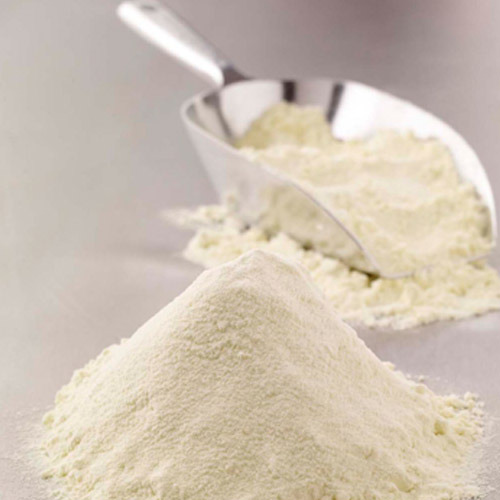
Fermento
Many curers like Fermento, a dairy-based product. The result is very similar to buttermilk, but it is made from skim milk.
The product has the same bacteria like the one found in the product, which jumpstarts the production of lactic acid and removes the lengthy fermentation periods associated with curing food.
When using Fermento as a curing agent, it is possible to put a third of the meat’s mass into the mixture.
You should not go below or above these cutoff points. A small amount of product will not have enough acidity to lower the meat’s pH and prevent the growth of bacteria.
Sausages made from too much Fermetto will be inedible and unusable.
You can adjust the recipe over time with experience, but the 3-6% guidelines should be optimal to keep you in good health.
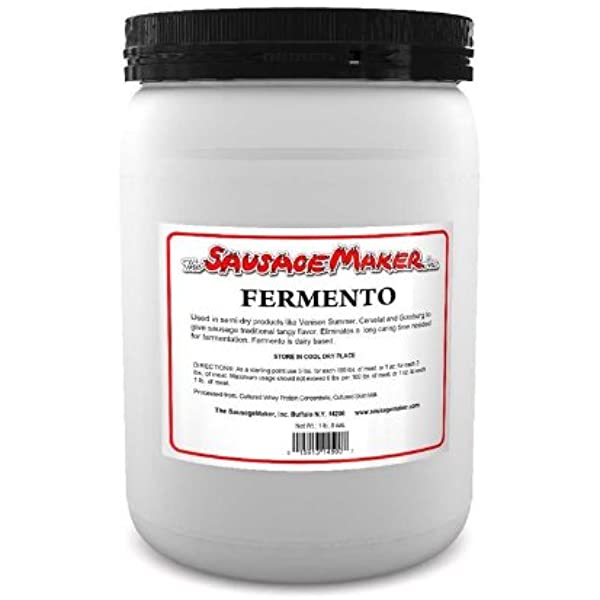
Meat Starter Cultures
It is possible to change the taste and texture of meat with the addition of starter cultures.
They include beneficial bacteria, yeasts, and molds, some of which have been used in curing for hundreds of years.
The harmful species are prevented from going bad and curing the meat over time by these organisms.
Due to scientific advancement, several starter cultures have been proven to cure meat and are recommended for use.
All the benefits of a specific bacterium species over another can be found in the catalogs of the cultures that are commercially available.
An expedited curing process can be achieved with new starter cultures.
Traditional dry-curing can take months, but using a starter culture can cut that period down to a few weeks or even days.
The P. pentosaceus and Pediococcus acidilactici are related to one another. Rapid curing can be achieved with pentosaceus, which can be found in several commercial products.
Since starter cultures rely on certain climate and temperature-controlled environments to cure meat effectively, more experience is required.
When you purchase a starter culture, you eliminate most of the guesswork and depend on a certain number of microorganisms that will cure the meat and make it safe to consume.
Bactoferm is one of the most popular brands of meat starter culture.
Depending on what type of sausage you want to make and how fast and precise the curing process needs to be, they have some of the most potent and secure microbial starter species in their products.
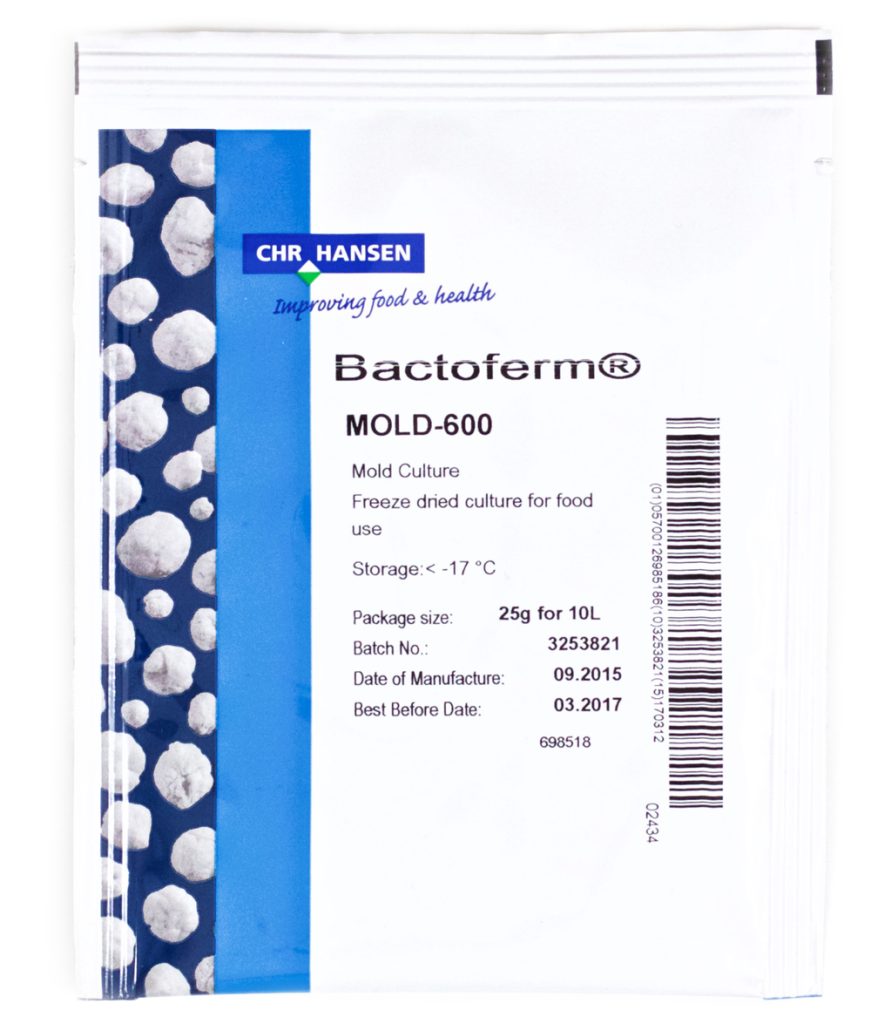
Conclusion
If you use an encapsulated citric acid substitute in the meat mixture, you can make a sausage without fear of it going grayish and flaky from excess citric acid.
You should be able to make a perfect summer or other dried sausage in no time if you follow the instructions in the recipe.

Foodie and a passionate cook, I am here to share all of what I know about cooking, kitchen, and food prepping.
Follow me for delicious and healthy recipes.


